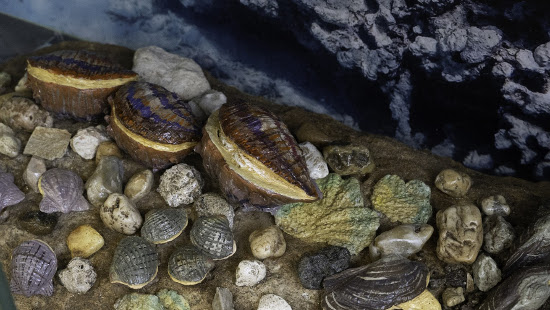PSU Botanical Garden has opened a new Permian Period Park exposition, holding paleontological compositions telling about the life of the inhabitants of the Permian period.
Serving a study ground for students in Biology, Geology and Geography, museums of Perm State University, along with PSU Botanical Garden, cover a wide variety of climate zones and historical epochs, including the famous Permian period. The dedicated exhibition holds the models of animal species among the living descendants of ‘Permian’ plants and their original stone imprints.
The term of the Permian period was introduced 180 years ago by a known Scottish explorer Sir Roderick Impey Murchison (1792–1871). Marking the geographical locations of Russian cities, moving across Perm lands, Murchison described the fossil remains of unusual creatures and plants – labeling them with Perm, or Permian period – dominating the supercontinent of Pangaea 299 – 252 million years ago.

“The unique character of the Permian period is that it served a turning point in the evolution of Earth, forming climatic zones of today. The mass extinction of animal and plant world provided boost for flowering plants, dinosaurs and mammals. To further promote the cultural and historical brand of the Permian geological period, we intend to complement the Garden exposition with full-size dynamic and static figures of the most famous Permian animal lizards,”
says Sergei Shumikhin, head of the Garden, associate professor of the Department of Botany and Plant Genetics, PSU.
Andrey Skvortsov, the author of the recent exposition from Vyatka Paleontological Museum, reconstructed the bottom of the sea reef and its extinct inhabitants – mollusks, fish and amphibians, as well as representatives of the invertebrate fauna. For that, he used installations by paleo-animalists, graphic images by scientists, and photographs of fossil finds.
Earlier in 2010, the “Plants of the Permian Geological Period” exhibition was created at PSU Botanical Garden, showing fossilized plant imprints along with their survived descendants of today. In 2017, the first exhibits of ancient land fauna were created. Now the collection contains about 50 species of fossil animals. The project was financially supported by a branch of PJSC RusHydro – the Kamskaya hydropower plant.
